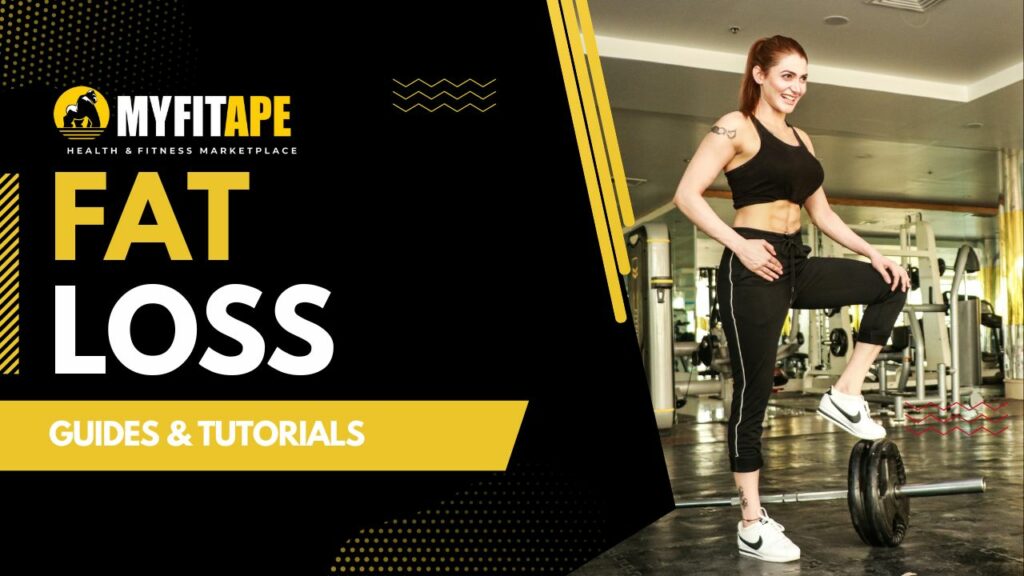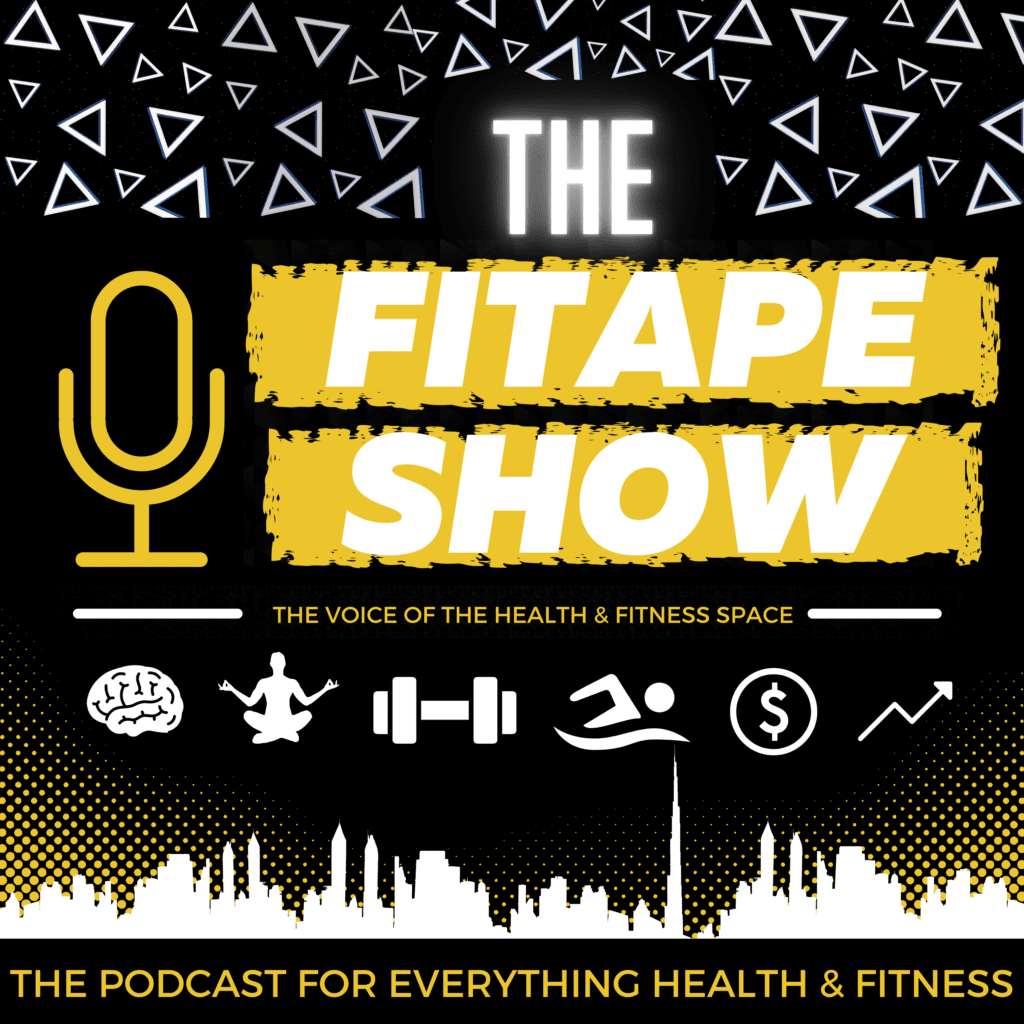High-Intensity Interval Training (HIIT) is an incredibly effective way to burn fat, build strength and endurance, and maintain muscle mass all at the same time. It has been shown to be just as effective as steady-state cardiovascular exercise, but requires far less time. If you’re looking to lose weight fast and efficiently, HIIT is a great option. With the right planning and effort, you can achieve your weight loss goals quickly and safely.
How Does HIIT Work?
HIIT uses short bursts of intense exercise to boost your cardiovascular status and metabolic rate. Each exercise session consists of alternating short bursts of intense effort, followed by low intensity or rest periods. HIIT can also be tailored to any individual’s fitness level. For beginners it may involve doing two 30 second sprints, followed by a 3-minute cool down. Intermediate and advanced athletes may do 10-20 second sprints with a 1-2 minute rest in between each sprint. The key to HIIT is the intensity and duration of each sprint. The longer, higher intensity sprints provide more of a challenge and help to maximize caloric burning.
How to Get Started with HIIT
Before you start a HIIT training program, you’ll want to make sure you consult a healthcare professional. As with any exercise program, it’s a good idea to assess your health and fitness levels before beginning. Once you get the go-ahead from your doctor or fitness professional, the next step is to come up with a training plan that takes your current fitness level and capabilities into consideration. Begin with shorter intervals and low intensity, and work your way up as your fitness and strength increase. Remember, the goal of HIIT is to be as intense as possible for the duration of your workout, so if an exercise or movement is too easy, it’s time to up the challenge.
Tips for Incorporating HIIT into Your Workout
- Start slowly with low intensity and gradually increase the intensity as you get stronger.
- Combine HIIT with a regular strength training program for maximum results.
- Make sure you warm up and stretch before and after your HIIT sessions.
- Do HIIT exercises that include both your upper and lower body for a full-body workout.
- Listen to your body and adjust the intensity of your workouts so that you are working at an appropriate level.
FAQs
What exercises can I do for HIIT?
Any type of exercise can be used for HIIT training, from bodyweight exercises (such as jumping jacks) to running, swimming, cycling, or rowing. If you are a beginner, it might make sense to start with bodyweight exercises or work with a personal trainer to develop a HIIT routine.
Can I do HIIT every day?
It is not recommended to complete HIIT training every single day, as your body needs adequate rest and recovery between sessions to maximize fat loss and muscle building. Generally, two to three HIIT workouts per week should be sufficient.
How long should my HIIT workouts be?
The duration of your HIIT workouts depends on your fitness level. A beginner HIIT session may last 12-15 minutes, while an intermediate HIIT session could last 15-20 minutes. It is important to not overdo it and to pay attention to fatigue levels.





